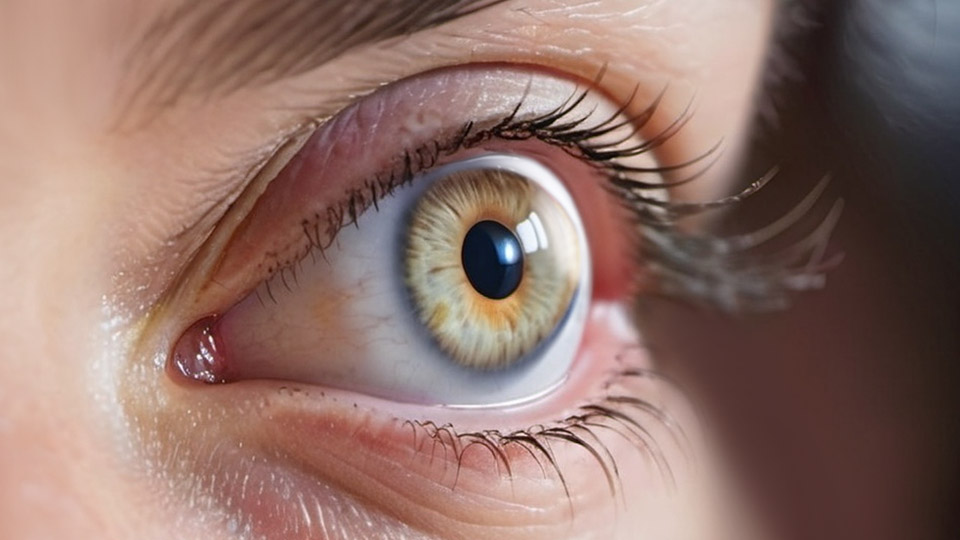Cornea and External Disease
Keratoconus

What is it?
Keratoconus is a type of eye disease in which the cornea progressively thins and become more cone-shaped. This disease changes the curvature of the cornea asymmetrically, resulting in irregular astigmatism and myopia which results in distortion of vision.
Symptoms
In the early stages, Keratoconus can cause the following:
Slight blurring
Distortion of vision
Increased sensitivity to glare and light
In a few cases, the cornea's inner lining (endothelium) cracks or breaks and causes swelling, pain and a sudden and significant decrease in vision.
Treatment
In the early stages, glasses or soft contact lenses can be used to correct the nearsightedness and astigmatism. As the disorder progresses, vision deteriorates, the cornea continues to thin and distort in shape, and rigid gas permeable contact lenses or collagen cross-linking (CXL) may be needed to correct vision. In advanced cases, a partial or full thickness corneal transplant may be necessary to replace the damaged cornea.
Cornea Scars and Dystrophies
What is it?
Scars of the Cornea form as a result of trauma, infection and inflammation. Depending on how dense a scar is and its location (for eg, centrally), scars can obstruct and reduce vision.
Corneal Dystrophies are a group of congenital or hereditary diseases for eg, Granular or Anterior Basement Membrane dystrophy, which has lesions on cornea that can block vision, or in the case of Fuch's dystrophy (see below), result in a swollen, hazy cornea
Symptoms
Patients with scars and dystrophies may experience blurring/doubling of vision, poor contrast and visual quality and at times, even pain.
Treatment
Depending on the condition and whether it causes poor vision or pain, treatment in the form of eye lubricants, laser treatment to the cornea or in more severe cases, partial or full thickness cornea transplantation, may be required.
Pseudophakic Bullous Keratopathy (PBK)
What is it?
Like Fuch's dystrophy, PBK is the result of a dysfunctional corneal endothelium resulting in swelling of the cornea. However, in this case, it is a condition seen after cataract surgery where the endothelium decompensates after having had cataract surgery. It is an uncommon but known complication of cataract surgery.
Symptoms
In PBK, patients complain of worsening blurring of vision and in severe cases, the swollen cornea becomes painful as blisters cause by the swelling rupture leaving raw areas of exposed cornea.
Treatment
Treatment for PBK is managed very similarly to Fuch's endothelial dystrophy.
Fuchs' dystrophy
What is it?
Fuchs' dystrophy is a slow progressive disease that usually affects both eyes and is slightly more common in women than in men. This disease occurs when the number of special cells on the back surface of the cornea (called endothelial cells) deteriorates over time. As the cells diminish, it becomes less efficient at processing the water within the substance of the cornea properly. This causes the cornea to swell and impair vision.
Symptoms
Signs and symptoms usually affect both eyes and may include:
Blurred vision especially in the morning
Seeing halos around lights
Sensitivity to light and glare
In the later stage, one might experience the following:
Painful tiny blisters on the surface of cornea
May lead to blindness if left untreated
Treatment
Eye medications
-
Concentrated saline eye drops or ointments can reduce the amount of fluid in the cornea, relieving the symptoms of Fuchs' dystrophy
Exposure to warm, dry air
Using a blow dryer to evaporate excess fluid in the cornea
Corneal transplantation to restore endothelial function